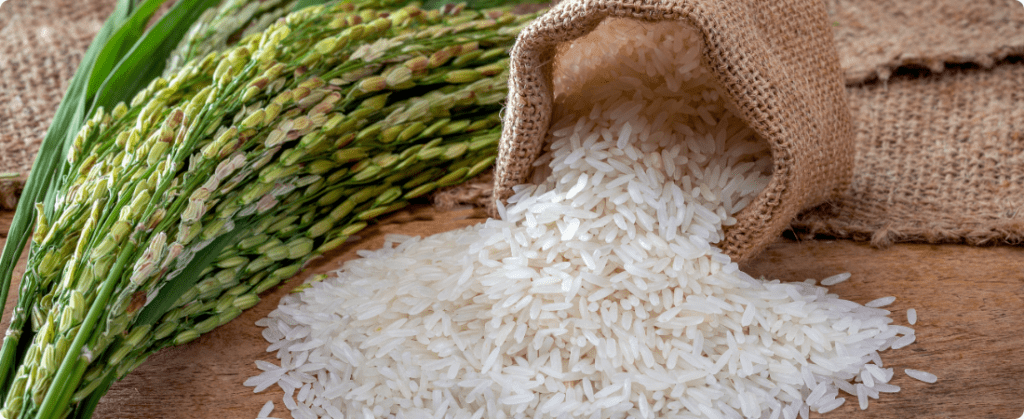
According to data from Itaú BBA's Radar Agro report, excess rain, the result of the combination of a still active El Niño and a warmer Atlantic Ocean, affected rice production. Rio Grande do Sul is responsible for approximately 70% of national production of rice. Due to El Niño, planting and crop development were delayed, which also resulted in a late harvest in several regions.
The Rio Grandense Rice Institute (Irga) reports that, until May 8, producers harvested 82% from the area planted with irrigated rice. 142 thousand hectares were still left to be harvested. Of this remaining area, farmers completely lost 23 thousand hectares and 18 thousand hectares were partially submerged by water. Thus, there are only 101 thousand hectares left unaffected by the floods.
Floods reduce harvest forecast and increase rice prices in Rio Grande do Sul
Total losses, including completely lost and partially flooded areas, reach 41 thousand hectares. Based on the projected productivity at the beginning of the harvest, of 8,235 kg/ha, this represents a reduction of 341 thousand tons in the supply of rice in Rio Grande do Sul. Conab estimated national rice production at 10.5 million tons before floods, but this deficit will reduce production by 3.2%.
Conab estimates that rice ending stocks, previously forecast at 1.8 million tonnes, will fall by 18.9% to around 1.46 million tonnes due to lower rice supplies. This drop will mean a stock/consumption ratio of 13.9%, well below the 17.2% previously projected. This reduction in stocks should impact prices, increasing pressure on the market and consumers. According to data from Itaú BBA, even with lower availability, a rice shortage in Brazil seems unlikely, although the scenario is one of firm prices for the cereal, especially in the short term, given the logistical challenges of mobilizing production to other regions of the country . Furthermore, it is worth considering that information on possible losses in warehouses is still unknown, which, if they occurred, could additionally tighten the estimated balance.
Source: Aline Merladete | agrolink










